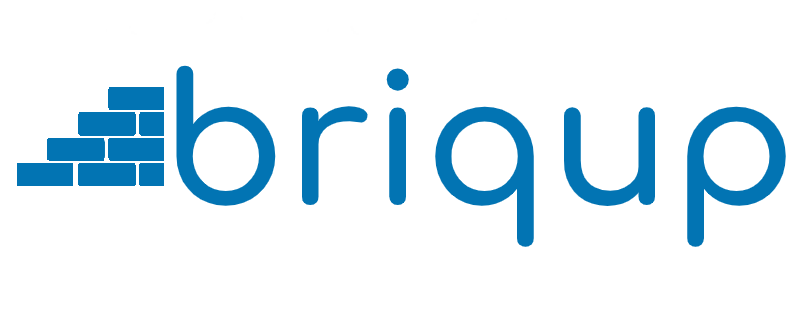Where Are the Mortgage Rates Headed? First-time home buyers, in majority millennial buyers, are in a great disadvantage in today’s housing market. Even though mortgage rates are decreasing and becoming more favorable for home buyers, housing prices are noting an evident rise, becoming less affordable. With the unemployment rate rising and the outbreak placing a halt on numerous businesses across the US and the rest of the world, buying a home may be a bit too pricey in the spring of 2020 despite the dropping mortgage rates.
According to bankrate.com; Mortgage rates are in a constant state of flux, but they remain much lower overall than they were before the Great Recession. If you’re in the market for a mortgage, it may be a great time to lock in a rate. Just don’t do so without shopping around first and refer to this article if you are thinking to buy a home or refinancing option.
Table of Contents
Mortgage Rates on a Historic Low in 2020
Taking a mortgage has probably never been more affordable for US citizens, however, home prices in the current market are not speaking in favor of affordability. After Treasury yield increased in the last week, mortgage rates followed with the labor market, factory orders, and the service sector. The 30-year mortgage rates increased by 3.18% at the beginning of June. Moreover, 15-year fixed mortgage rates remained the same. All reports are indicating that the economy might be heading to a slow but steady recovery.
The Economy Showing Signs of Recovery
As favorable reports continue to emerge with the beginning of June and the end of May, the economy might be heading to recovery, although modest and slow. There is upward pressure on bond yields, which is resulting in changes in mortgage rates as well. Jobs in May indicate that there is a rebound, although slight when compared to the period amidst the highest level of pandemics.
Lenders Are Changing Credit Score Requirements
To respond to the dropping mortgage rates and reduce the overall risk, lenders are changing requirements. Credit score requirements are becoming stricter, which as a result has many young and first-time buyers unable to take advantage of low mortgage rates. Combined with the rising home prices, fewer borrowers are able to tap into the potential of low mortgage rates.
The Strength of Economy is a Key Factor
According to realtor.com; Fed announced it would continue to purchase mortgage bonds in the secondary market. The move was designed to keep the market strong—and brought investors back to mortgage bonds. When demand rises, so do bond prices. Hence, mortgage rates fell. Whether mortgage rates will stay below 3% is anyone’s guess. It will likely depend on the strength of the economy, how quickly a coronavirus vaccine becomes available, and a whole host of still unknown factors. “Mortgage rates move up and down all the time,” says realtor.com Senior Economist George Ratiu. “I expect for the rest of the year that they’ll bounce around the 3% to 3.5% range.”
Mortgage Demand Increases with Declining Rates
Mortgage rates are touching historic lows in 2020, while the demand for a mortgage is rising as a consequence over the last few weeks. In the first week of June, demand for mortgage increased by 5%, placing the demand level by 18% higher than the last year in June. Amidst the surging outbreak during the first 6 weeks of COVID-19, mortgage applications submitted by homebuyers were down by 35% on an annual basis. Moreover, mortgage rates are hitting record lows.
Mortgage Applications Increases Noted Week-to-Week
Homebuyers are rushing back into the housing market as noted in May and the beginning of June. The rising demand is recorded week-to-week. According to the Mortgage Bankers Association, during the first week of June, the number of mortgage applications submitted by homebuyers increased by 5%, reporting an 18% increase when compared to the last year’s results.
The Beginning of Summer Compensating for Spring Lows in the Housing Market
Buyer s are returning to the housing market, while many first-time homebuyers are applying for mortgages. Low-interest rates are affecting the demand, even though buying a home has become less affordable when compared to 2019. Sales that should have happened in spring according to historic data are likely to happen during summer. On the other hand, the supply in housing is decreasing with the COVID-19 outbreak effects with unemployment rates rising as a negative consequence.
Mortgage Demand Increases 13% in a Year as Home Buyers Are Rushing Back to the Housing Market
The number of applications for mortgages increased by 5% in a single week with the latest reports. At the same time, mortgage demand displayed by homebuyers increased 13% on an annual basis. As mortgage rates are dropping and inventory in the housing market is running low, mortgage demand is increasing as a consequence. With the beginning of June, mortgage demand spiked while May reports for unemployment were slightly improved when compared to April 2020.
Quick Recovery in the Housing Market
Spring sales in the housing market might have been lower than it was initially expected in 2019 before the outbreak, the market is quickly recovering with the end of spring. According to Zillow, home inventory is declining with 25% fewer homes for sale since the last week of May and with the beginning of week one in June. Purchase activity is rising, which is a favorable sign despite the rising home prices.
Mortgage Refinancing Applications Dropping
Lenders are offering refinancing under new and stricter requirements, leaving many potential borrowers unable to benefit from low mortgage rates. To reduce the risk, lenders are offering less favorable conditions for refinancing, which is how declines were noted in the last two weeks in terms of the number of applications for mortgage refinancing. Although mortgage rates have dropped once again, it remains uncertain whether the rates will continue to decline in summer or surge.


